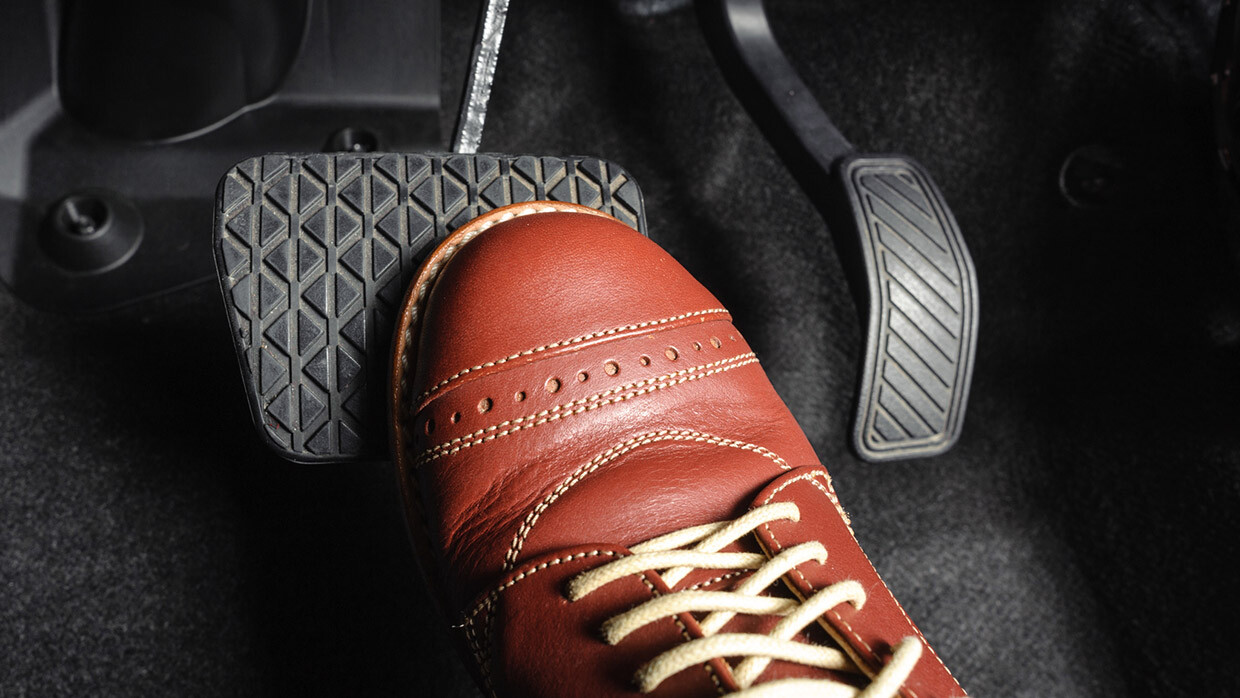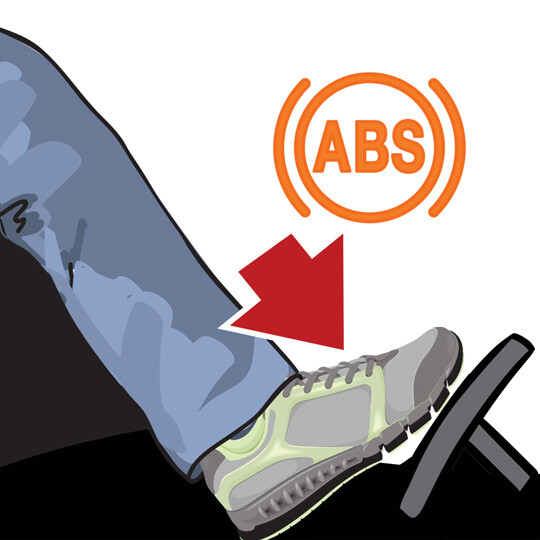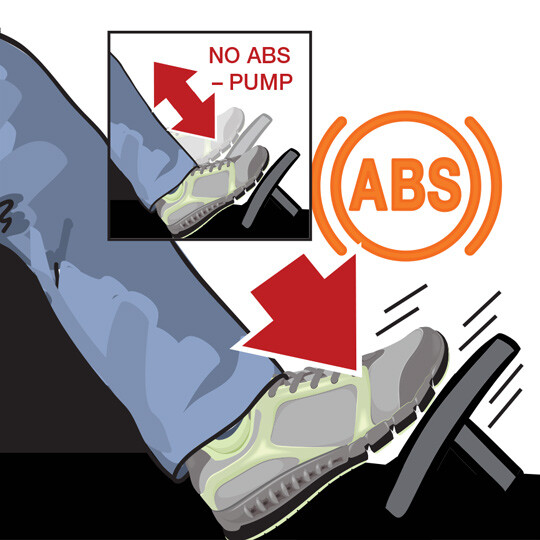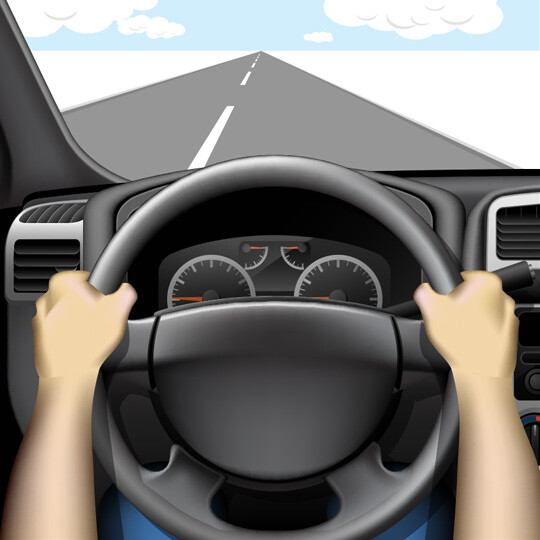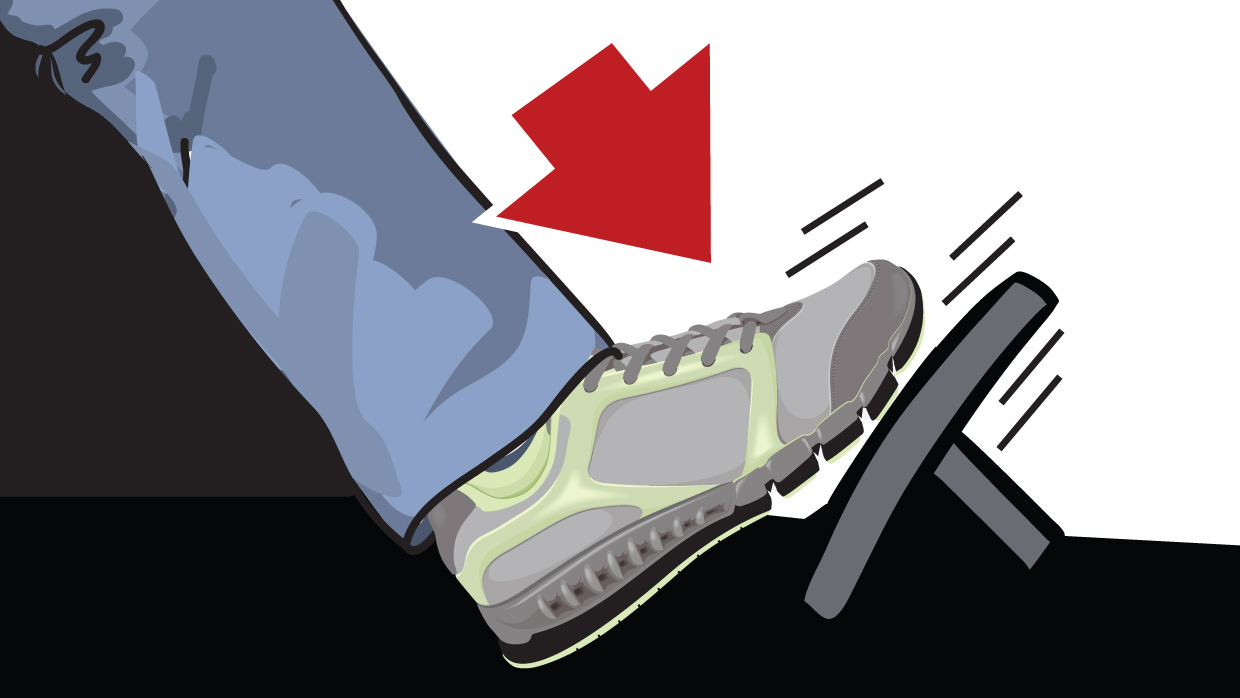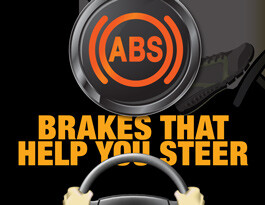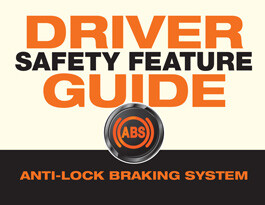Anti-Lock Braking System
Anti-lock braking systems (ABS) help you steer in emergencies by restoring traction to your tires.
What It Does: Helps prevent wheels from locking up – possibly allowing the driver to steer to safety.
What It Does Not Do: May not shorten stopping distance; pedal may vibrate or push back – that’s normal.

